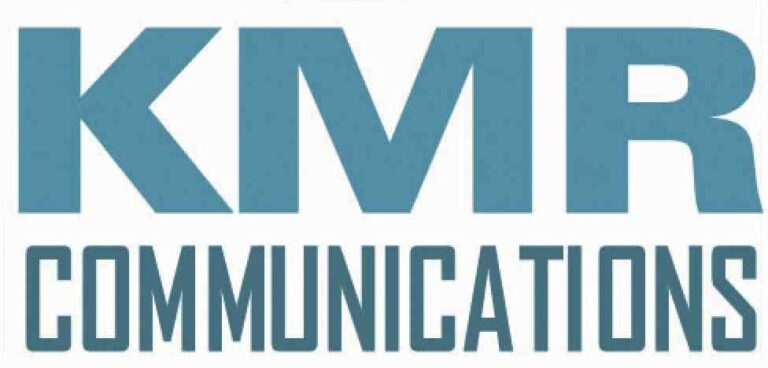Public relations (PR) can be a valuable asset for businesses in various ways. PR manages and cultivates a positive public image and maintains strong relationships with various stakeholders, including customers, employees, investors, and the media.
What is Public Relations?
Public Relations is the strategic practice of managing relationships between organizations and various stakeholders, such as the media, customers, employees, investors, and the public, to cultivate a positive organizational image. This involves securing favorable media coverage, transparently addressing crises, building trust with stakeholders, communicating internally, and managing online reputation.
PR also encompasses product/event promotion, establishing thought leadership, crafting corporate messaging, and assessing the impact of these efforts. PR is essential for establishing credibility, trust, and positive relationships to meet organizational goals.
What advantages does Public Relations offer?
Public Relations offers benefits such as reputation management, increased visibility, crisis handling, media relations, stakeholder engagement, employee relations, investor confidence, marketing support, community involvement, thought leadership, online reputation management, effective communication, competitive advantage, industry recognition, and data-driven improvement. PR is essential for establishing credibility, trust, and positive relationships to meet organizational goals.
How do Marketing and PR differ?
Marketing and public relations (PR) are related but distinct functions within a business:
- Marketing primarily aims to sell products or services, targeting customers through paid advertising and promotional activities.
- Public Relations focuses on managing the company’s reputation and relationships with a broader audience, including the media and the general public, often through earned media and storytelling.
While marketing is more sales-oriented, PR is reputation-focused and uses different tactics and metrics. Both are important for a business’s success and can complement each other.
What is the approach for PR in a small business?
To effectively do PR as a small business, start by setting clear goals and identifying your target audience. Craft a unique brand story and build relationships with local media and influencers. Create quality content and leverage social media for engagement. Stay informed about industry trends and showcase thought leadership. Prepare for crises and measure results using key metrics. Consider using PR tools and collaborating with local influencers.
Engage in community events, maintain a consistent PR schedule, and remain adaptable to evolving circumstances. These steps will help you build a positive brand image and increase visibility for your small business.
How to Implement Public Relations for Your Business?
To implement Public Relations for your business, follow these steps:
- Set Goals: Clearly define your PR objectives, brand building, crisis management, or stakeholder relations.
- Target Your Audience: Identify the key stakeholders you want to reach, like customers, media, employees, and investors.
- Strategize: Develop a comprehensive plan with tactics, messages, and timelines.
- Media Engagement: Build relationships with relevant media, send press releases, and share your expertise.
- Content Creation: Craft compelling content such as articles and blog posts to tell your story.
- Online Management: Control your online image through social media and engage with online feedback.
- Crisis Preparedness: Plan for crises with a communication strategy that emphasizes transparency.
- Stakeholder Relations: Cultivate positive relationships through events and regular communication.
- Thought Leadership: Promote key individuals as industry experts through speaking engagements and articles.
- Measure Impact: Use data to assess PR effectiveness and make improvements.
By following these steps, you can effectively implement PR for your business, enhance your reputation, and achieve your goals.
Tools & Strategies for Public Relations
PR Tools:
- Media databases
- Media monitoring and analytics
- Press release distribution services
- Social media management tools
- Email marketing platforms
- Content creation and management software
- Crisis communication tools
PR Activities:
- Media Relations
- Press releases
- Storytelling
- Content creation
- Social media engagement
- Thought leadership
- Community engagement
- Crisis management
- Measurement and analysis
- Influencer collaborations
- These tools and activities are essential for effective public relations efforts.
Elevate Your Brand with PR Excellence!
PR is vital in managing and enhancing a business’s reputation, fostering positive relationships with various stakeholders, and achieving organizational goals. By strategically implementing PR, companies can benefit from increased visibility, effective crisis handling, stakeholder engagement, and the establishment of thought leadership. Leveraging PR tools and activities, such as media engagement, content creation, and measurement, allows businesses to navigate the complex landscape of public perception and maintain a competitive advantage.
Partner with KMR Communications a healthcare public relations firm with over two decades of experience for a transformative approach to public relations, where genuine relationships drive real results. Our expertise in securing high-profile media coverage, through data-driven, creative strategies, ensures your brand stands out in today’s competitive market.

